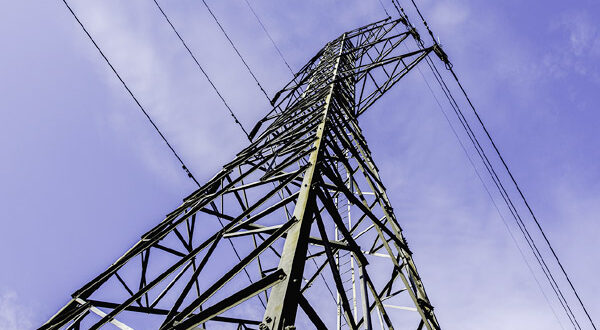All of the world’s additional electricity demand over the next three years is expected to be met by low-emissions technologies, including renewables and nuclear power, as per the ‘Electricity 2024’ report by the International Energy Agency (IEA), which forecasts electricity market trends up to 2026.
Global electricity demand, which saw a modest growth of 2.2 per cent in 2023, is projected to accelerate, averaging 3.4 per cent annually from 2024 to 2026. The increase is largely driven by non-advanced economies, particularly China, India, and Southeast Asian nations. Remarkably, 85 per cent of this demand surge is expected to originate from these regions.
The report indicates a transformative era for electricity generation, with low-emissions sources, such as solar, wind, hydro, and nuclear power, set to dramatically reduce the reliance on fossil fuels. By 2026, nearly half of the world’s electricity generation could come from these clean sources, a significant jump from just under 40 per cent in 2023. Renewables alone are anticipated to surpass coal, accounting for over one-third of total electricity generation by early 2025.
Nuclear power is also forecast to reach a historic high by 2025. This resurgence is attributed to increased output in France, the reactivation of several Japanese plants, and the commissioning of new reactors in countries including China, India, Korea, and Europe. When fossil fuel’s share in global generation dips below 60 per cent for the first time in over five decades, it will mark a milestone in the IEA’s records.
“The power sector currently produces more CO2 emissions than any other in the world economy, so it’s encouraging that the rapid growth of renewables and a steady expansion of nuclear power are together on course to match all the increase in global electricity demand over the next three years,” said IEA executive director Fatih Birol. “This is largely thanks to the huge momentum behind renewables, with ever cheaper solar leading the way, and support from the important comeback of nuclear power, whose generation is set to reach a historic high by 2025. While more progress is needed, and fast, these are very promising trends.”
The report also highlights a structural decline in the power sector’s carbon dioxide emissions, with an expected decrease of 2.4 per cent in 2024, followed by smaller reductions in the subsequent years. This trend signifies the decoupling of global electricity demand and emissions, which is critical considering the sector’s growing electrification, including the rising use of electric vehicles and heat pumps.
In 2023, electricity prices generally fell compared to 2022, with Europe witnessing a more than 50 per cent average decline after the record highs following Russia’s invasion of Ukraine. However, prices remained significantly higher than pre-COVID levels. In contrast, the United States saw a 15 per cent increase over 2019 prices. The European Union’s electricity demand is not expected to return to pre-crisis levels until at least 2026.
Emerging and developing economies, in contrast, are experiencing robust electricity demand growth, expected to continue through 2026 due to population growth and industrialisation. China and India, in particular, are projected to witness substantial increases in electricity demand.
The report also draws attention to Africa’s stagnating per capita electricity use over the past three decades, underscoring the need for reliable, affordable, and sustainable energy to support the continent’s economic and climate goals. Dr. Birol emphasised the importance of international collaboration in aiding African nations to achieve these objectives.

 Iran Energy News Oil, Gas, Petrochemical and Energy Field Specialized Channel
Iran Energy News Oil, Gas, Petrochemical and Energy Field Specialized Channel



